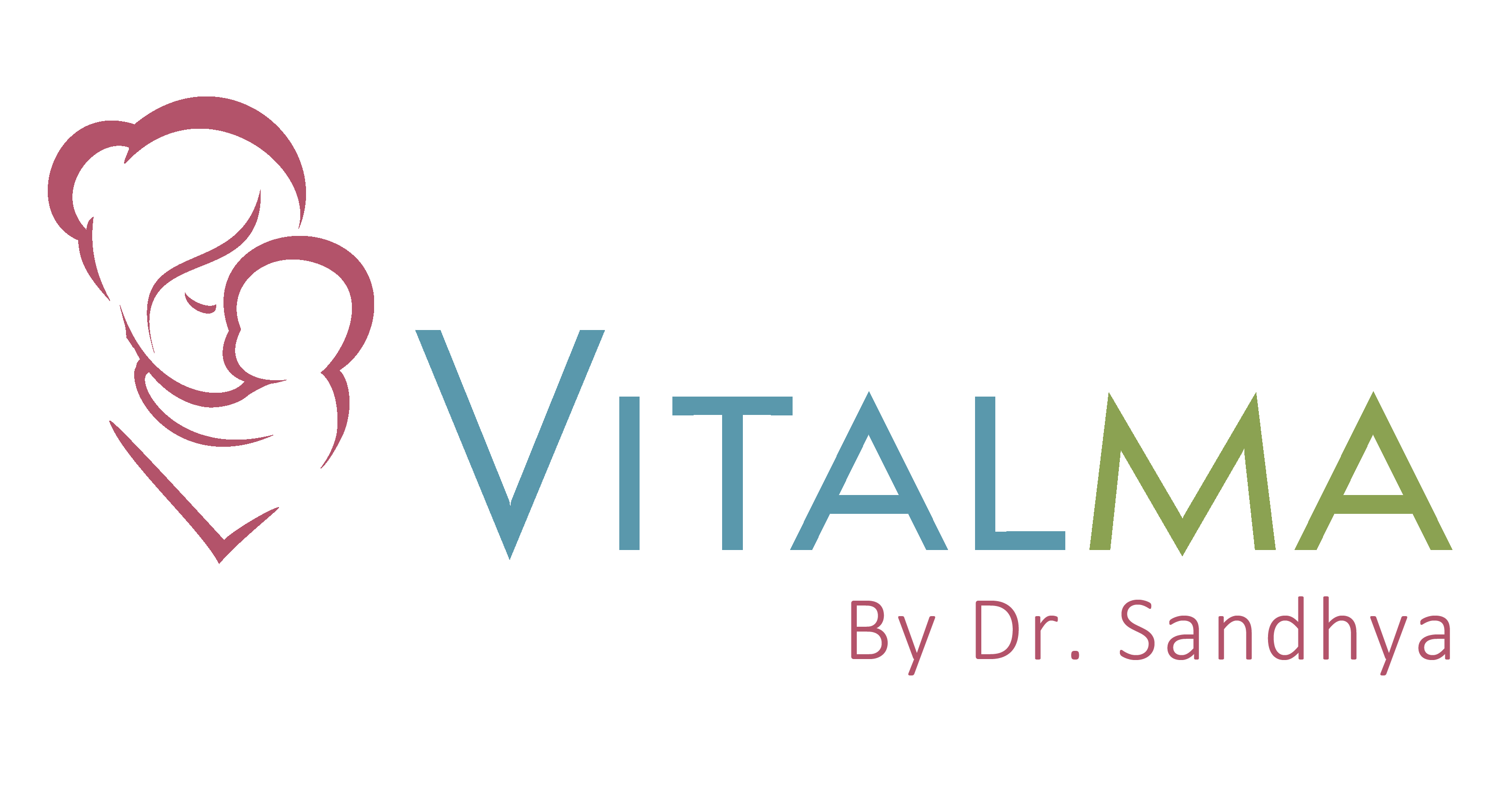The early years of a child’s life are marked by rapid growth and development, each milestone achieved contributing to their overall progress. As a child approaches their third birthday, they are entering a crucial phase in their developmental journey. Understanding these developmental milestones and being able to identify potential red flags can play a significant role in ensuring a child’s healthy development and addressing any challenges they may face.
The Significance of Developmental Milestones:
Developmental milestones are a set of age-appropriate skills and behaviors that most children are expected to reach by a certain age. They encompass various domains, including physical, cognitive, language, social, and emotional development. These milestones provide a general guideline for parents, caregivers, and educators to monitor a child’s growth and identify any areas that might need additional attention.
Age-Appropriate Developmental Milestones for 3-Year-Olds:
At the age of 3, children exhibit a wide range of developmental milestones that contribute to their holistic growth. These milestones vary across different domains and can include:
Physical Development:
By 3 years old, children typically demonstrate improved motor skills. They can walk, run, jump, and climb stairs with greater confidence. Their hand-eye coordination and fine motor skills also improve, allowing them to manipulate objects and use utensils more effectively.
Cognitive Development:
3-year-olds show curiosity and increased problem-solving abilities. They can sort objects by shape and color, engage in pretend play, and begin to understand basic concepts like “big” and “small.” Their memory and attention span also develop, allowing them to follow simple instructions.
Language Development:
Language development takes a significant leap at this age. Children can usually speak in sentences of 3 to 4 words and have a vocabulary of around 200 to 1,000 words. They start to ask questions, engage in conversations, and express their feelings and needs more clearly.
Social and Emotional Development:
3-year-olds become more independent and start to develop their own personalities. They may engage in parallel play (playing alongside others), show empathy, and begin to understand emotions in themselves and others. Tantrums and testing boundaries are common as they explore their sense of autonomy.
Identifying Red Flags:
While children develop at their own pace, it’s essential to be vigilant for potential red flags that could indicate developmental delays or challenges. Some red flags to watch for in 3-year-olds include:
Speech and Language Delays:
If a child is not speaking in sentences by age 3 or if their speech is difficult to understand, it could be a red flag for speech or language delays.
Limited Social Interaction:
Difficulty engaging with others, lack of interest in playing with peers, or not responding to their name might indicate potential social or communication challenges.
Fine Motor Skill Challenges:
Struggling with holding a crayon, stacking blocks, or using utensils could suggest possible fine motor skill delays.
Extreme Behavior:
Consistently aggressive behavior, intense tantrums, or extreme withdrawal might indicate emotional or behavioral concerns.
Seeking Professional Guidance:
If red flags are identified, it’s important not to jump to conclusions, but rather to seek professional guidance. Early intervention can make a significant difference in addressing developmental challenges and providing appropriate support to ensure a child’s success. Pediatricians, developmental specialists, and early childhood educators can provide insights and evaluations to determine if further intervention is necessary.
Conclusion:
Understanding developmental milestones and identifying potential red flags in 3-year-olds is a critical responsibility for parents, caregivers, and educators. While each child is unique and may develop at their own pace, being aware of typical developmental expectations helps ensure early detection of any challenges that might require intervention. By being attuned to a child’s progress and seeking expert guidance when needed, we can help every child reach their full potential and provide them with the best possible start in life.
References:

